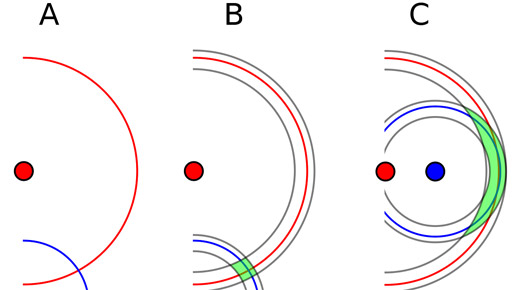The precision to tolerance ratio is commonly used to characterize the usefulness of a measurement system. While this ratio is appealingly simple, it overstates the damage due to measurement error. In this paper we show how to compute honest precision to tolerance ratios that correctly describe each of three different guard-banded sets of manufacturing specifications. By presenting these options, rather than using single ratio and artificial guidelines to condemn the measurement process, this approach provides flexibility based on knowledge.
The precision to tolerance ratio
The P/T ratio was originally created in an attempt to describe how much of the specified tolerance was “consumed” by measurement error. While this ratio is quite simple, it fails to do what was intended. Originally the precision to tolerance ratio was defined using a numerator of 5.15 times the standard deviation of measurement error [or 5.15 sigma(e)]. The multiplier of 5.15 was obtained from the width of the interval that covers the middle 99 percent of a standard normal distribution. Thus the idea was to filter out 99 percent of the contribution of measurement error. Around 1990, the Automotive Industry Action Group (AIAG) changed the multiplier from 5.15 to 6.00, and this is the version of the P/T ratio found in most software today.
…

Add new comment